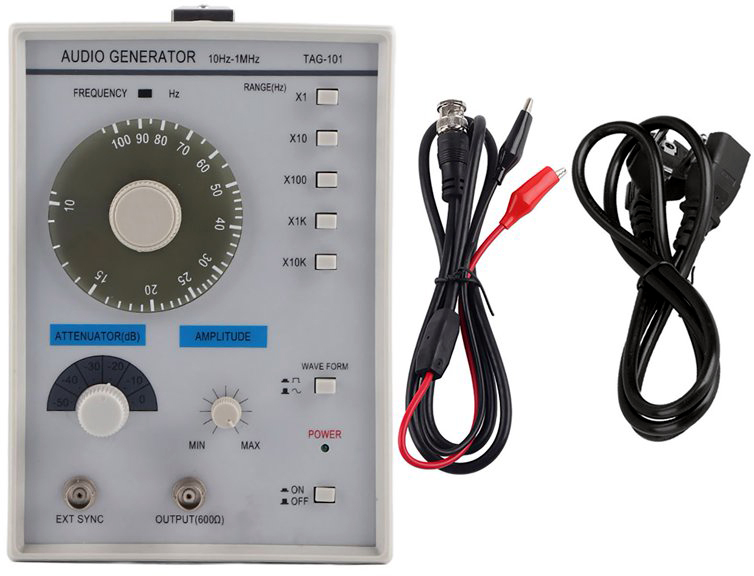A signal generator is a device or software tool used to create electronic signals with specific frequencies, amplitudes, and waveforms. These signals are often used in various applications, including testing, troubleshooting, and designing electronic circuits and systems. There are different types of signal generators, such as:
- Function Generators: Produce different types of waveforms like sine, square, triangle, and sawtooth. These are commonly used in electronics testing and development.
- Signal Generators: Usually refer to devices that can produce a range of frequencies and are often used in communication systems.
- Arbitrary Waveform Generators (AWGs): Capable of generating custom waveforms that can be programmed by the user. These are useful for more complex testing scenarios.
How to Use a Signal Generator
- Determine Your Requirements:
- Frequency Range: Decide on the frequency range you need for your application.
- Waveform Type: Choose the type of waveform (sine, square, triangle, etc.) based on what you’re testing or designing.
- Amplitude: Set the signal amplitude according to your requirements.
- Modulation: If needed, configure any modulation parameters (e.g., AM, FM, PM).
- Setup a Signal Generator:
- Connect to the Device: Connect the signal generator to the device or circuit you want to test or measure. This is typically done using BNC cables or other appropriate connectors.
- Power On: Ensure the signal generator is powered on and properly warmed up if necessary.
- Configure the Signal Parameters:
- Select Frequency: Use the control knobs or digital interface to set the desired frequency.
- Choose Waveform: Select the type of waveform you need.
- Adjust Amplitude: Set the output amplitude to match your testing needs.
- Set Other Parameters: Configure any additional settings, such as offset, phase, or modulation, depending on your application.
- Test the Signal:
- Verify Output: Use an oscilloscope or other measurement tools to verify that the output signal matches your settings.
- Adjust as Needed: Make any necessary adjustments to the frequency, amplitude, or waveform until you achieve the desired signal.
- Monitor and Document:
- Monitor: Continuously monitor the signal during your tests to ensure it remains stable and accurate.
- Document: Keep records of the settings and any observations for future reference or troubleshooting.
Practical Applications
- Testing Electronics: Signal generators are used to simulate different types of signals in electronic circuits to ensure they perform correctly.
- Communication Systems: They can generate carrier signals for testing and alignment of communication equipment.
- Design and Development: Engineers use them to develop and test new electronic devices and systems.
Signal generators are powerful tools, and using them effectively requires understanding both the device and the application you’re working on. If you have a specific type or model of signal generator, the manual will provide detailed instructions on how to operate it effectively.
